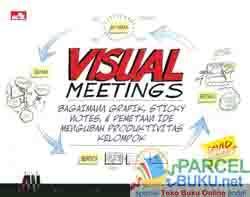
Mirat-i-Ahmadi supplement
with explanatory notes and appendices
- ISBN 10 : UOM:39015019779563
- Judul : Mirat-i-Ahmadi supplement
- Sub Judul : with explanatory notes and appendices
- Pengarang : Syed Nawab Ali, ʻAlī Muḥammad Khān, ʻAlī Muḥammad Khān, ʻAlī Muḥammad Khān,
- Kategori : Ahmadābād (India)
- Bahasa : en
- Tahun : 1928
- Halaman : 222
- Halaman : 222
- Google Book : http://books.google.co.id/books?id=I-djAAAAMAAJ&dq=inauthor:Ali+mahmudi&hl=&source=gbs_api
-
Ketersediaan :
The Sultans of Gujarat were zealous in propagating the faith of Islam and
defending it, and so many learned divines, sages, and men of righteousness,
from various places were invited with. i Elsewhere Dada Harir, and Dhai (Nurse)
Harir's well. 1656 Sambat =1500 A.D. From the Arabic inscription on the well the
date is 1485 A.D. Vide Bombay Gazetteer, p. 282. 2 Our Author gives about 162
rupees to 200 mahmudis. The value of a mahmudi varied. Herbert writes : — " A
Mamoody is ...







